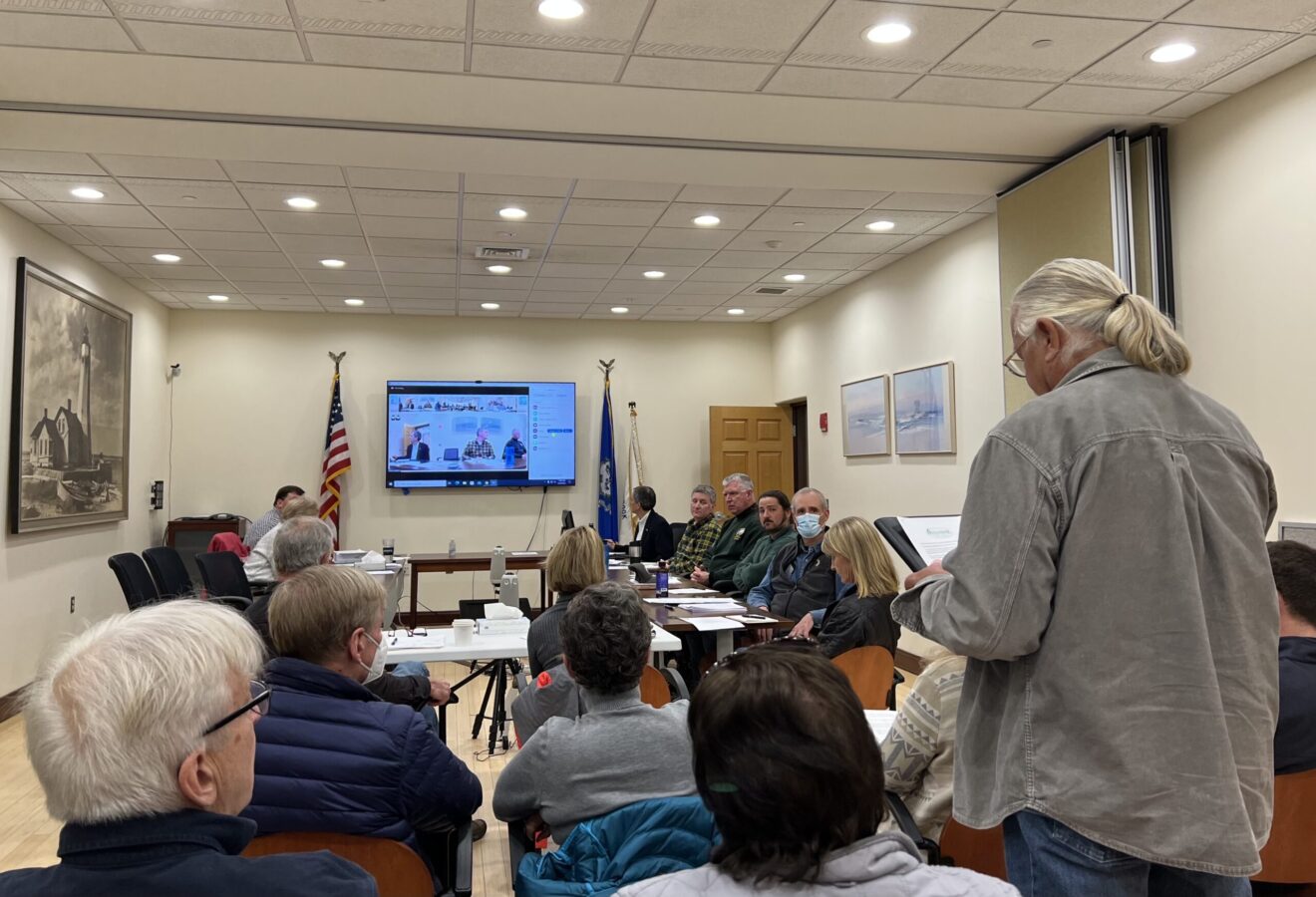OLD SAYBROOK — After the 2015 purchase of The Preserve, a 963-acre woodland spanning Old Saybrook, Westbrook and Essex, donors and community members expected the land to be protected in perpetui...
Haven’t subscribed yet? Click here to register.
CT Examiner is just $20 a year. And if you want to unsubscribe? That’s online and at the click of a button. No phone calls. No runaround. No hassle.
At less than a tenth the cost of our statewide competitors, our promise to you is no-nonsense federal, state, and local news that’s nonpartisan, respects your privacy and is ad-free.
Subscribe and see why CT Examiner is the fastest growing news source in Connecticut.

